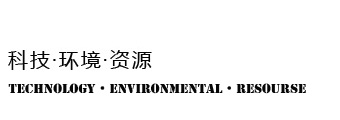How to dispose of electronic waste?
There are various types of electronic waste, including computers, mobile phones, televisions, video recorders, tape recorders, copiers, fax machines, VCD players, etc. If these products are not handled properly, they will become potentially hazardous waste. For example, mercury in e-waste can cause brain poisoning damage, cadmium can cause kidney poisoning, and can cause serious consequences such as allergic asthma, bronchitis, and DNA damage.
1. How to dispose of electronic waste
1. At present, the disposal of electronic waste is mainly to recycle the parts that can be reused after manual dismantling. There are two main ways to treat circuit boards. The first is wet treatment, which uses strong acid and cyanide for soaking to extract precious metals such as gold and silver. However, the waste liquid after soaking will cause serious damage to air and water sources. Pollution. The second method is fire treatment, which uses fire to extract metal substances such as copper and nickel, but toxic gases such as dioxins produced during incineration will pollute the atmosphere.
2. Dismantling: mainly to separate the reusable parts from the toxic and harmful parts in the electronic waste,
3. Classification: The composition of electronic waste is quite complex, and some components can be recycled again, such as: plastic shells, capacitors and resistors, metal accessories and shells, etc. Toxic accessories such as cadmium, lead, mercury and other components will be handed over to the hazardous waste treatment station for disposal.
4. Crushing: The printed circuit board waste is put into the slicer for rough crushing, and then passed through a shearing crusher for primary crushing treatment, and then passed through a hammer crusher for secondary crushing treatment.








Leave a Comment